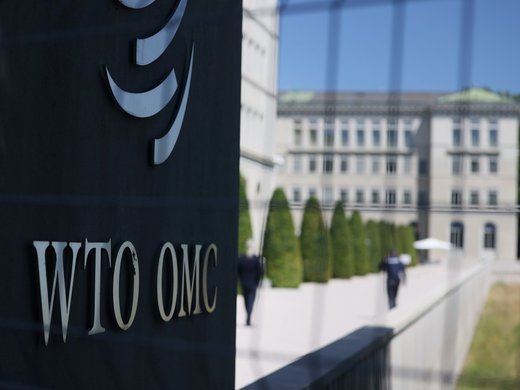China’s journey from being a technological backwater to a technological superpower was fuelled, in part, by the success of its venture capital (VC) sector in supporting start-ups. Its VC market is now the second largest in the world after that of the United States. As of 2019, China produced more “unicorns” (privately held, rapidly growing, early-stage technology companies valued at US$1 billion or more) than the United States. Policy makers can learn the following lessons from China’s growing VC sector: China’s use of labour market incentives promotes reverse migration of highly educated expatriates; weak intellectual property protection is not necessarily a deterrent to VC funding, especially in developing countries; government finance, when used appropriately, can help direct VC toward promising technology firms; and an emerging market does not need to wait until it becomes financially developed in order to create funding channels to support start-ups and entrepreneurship.


